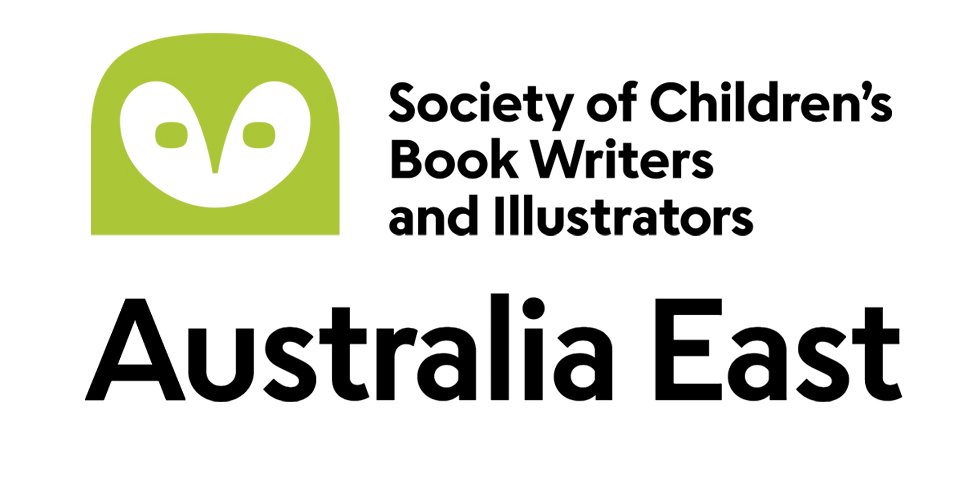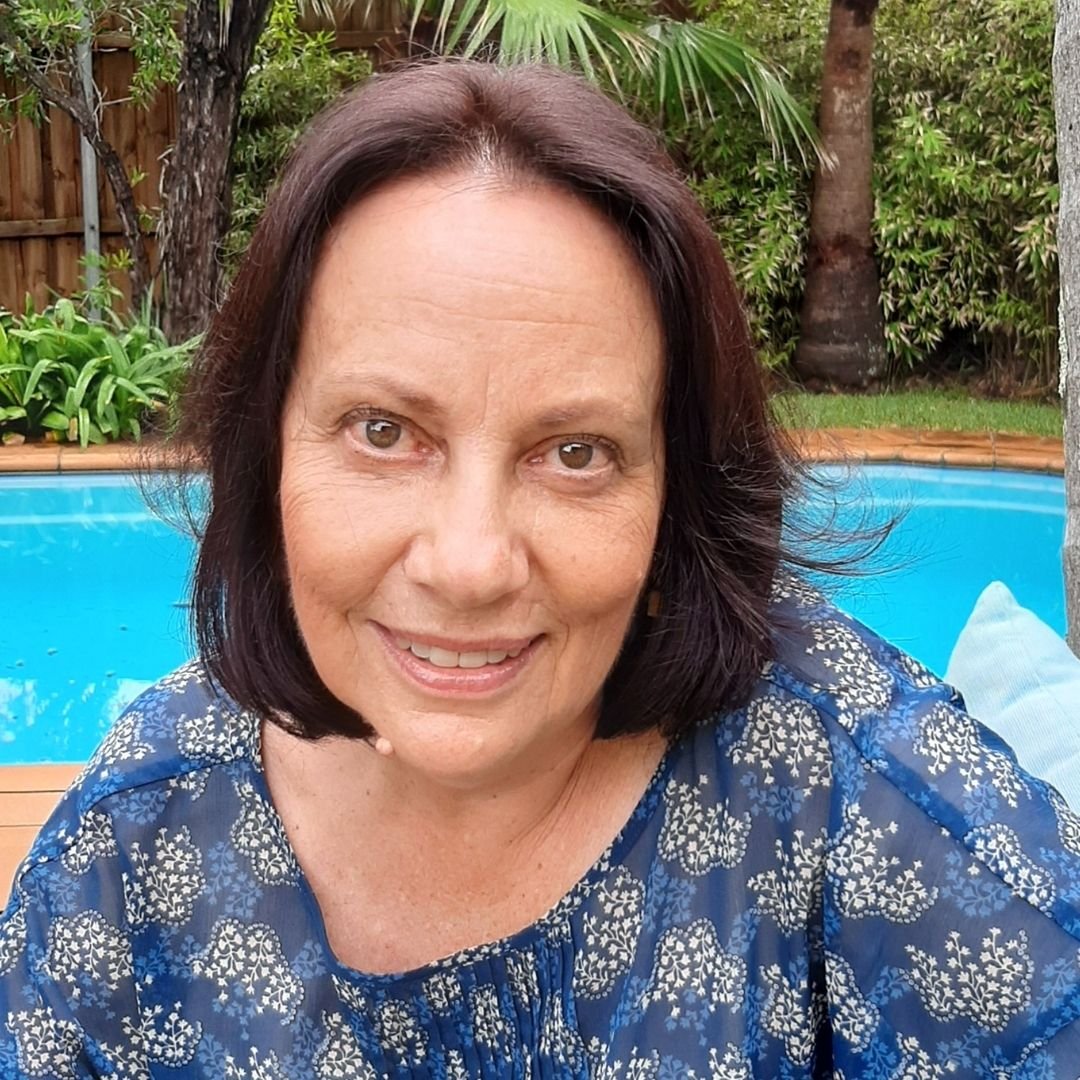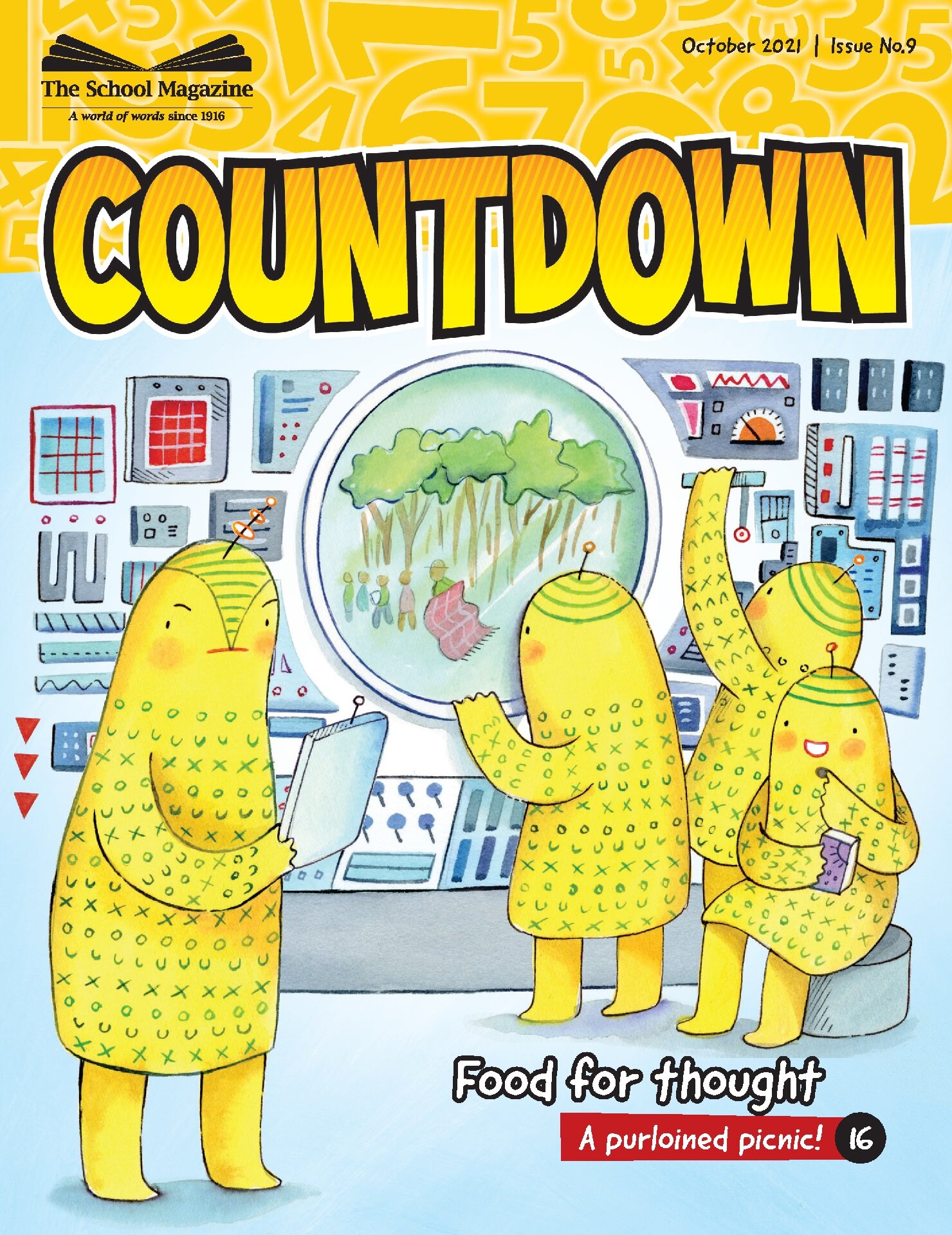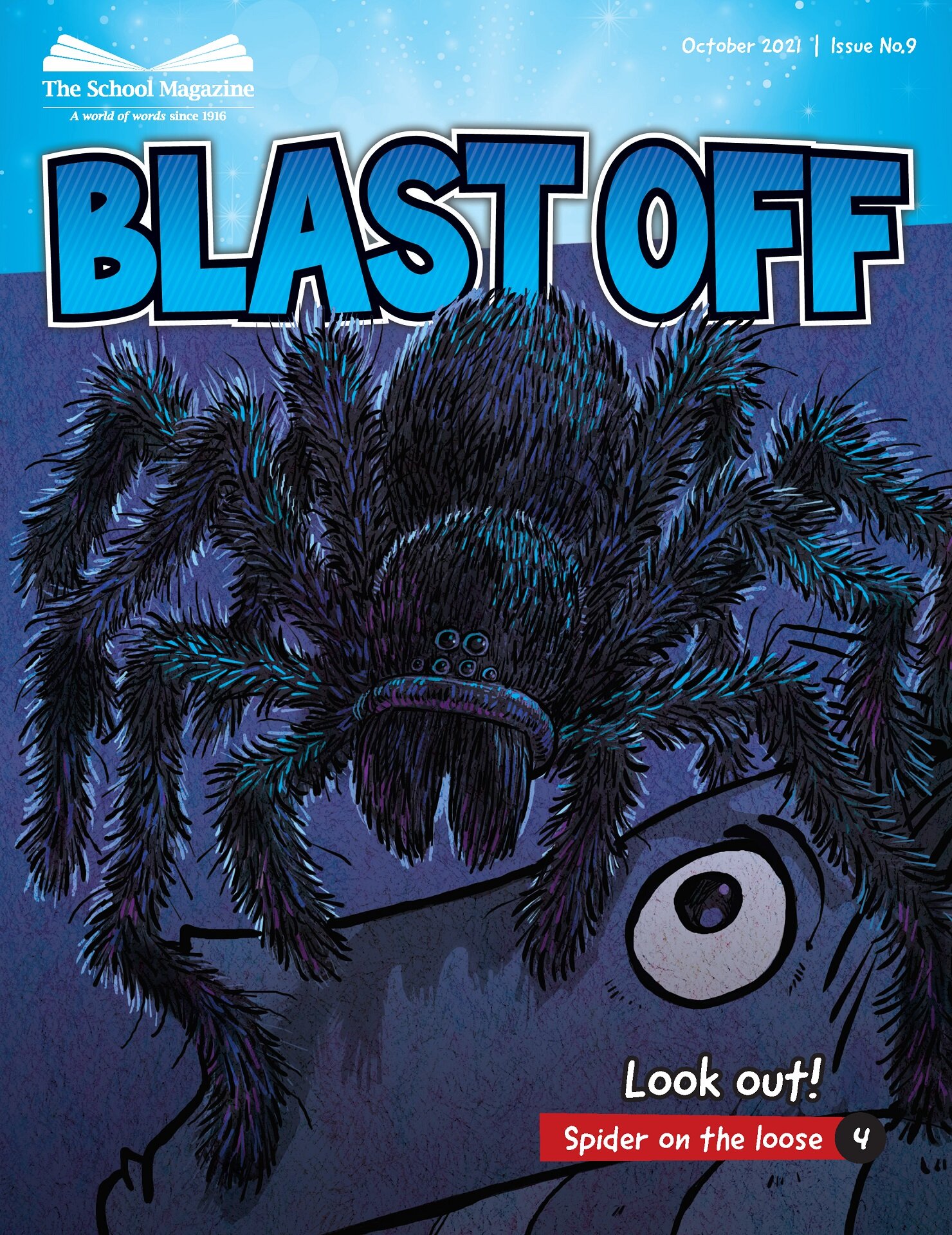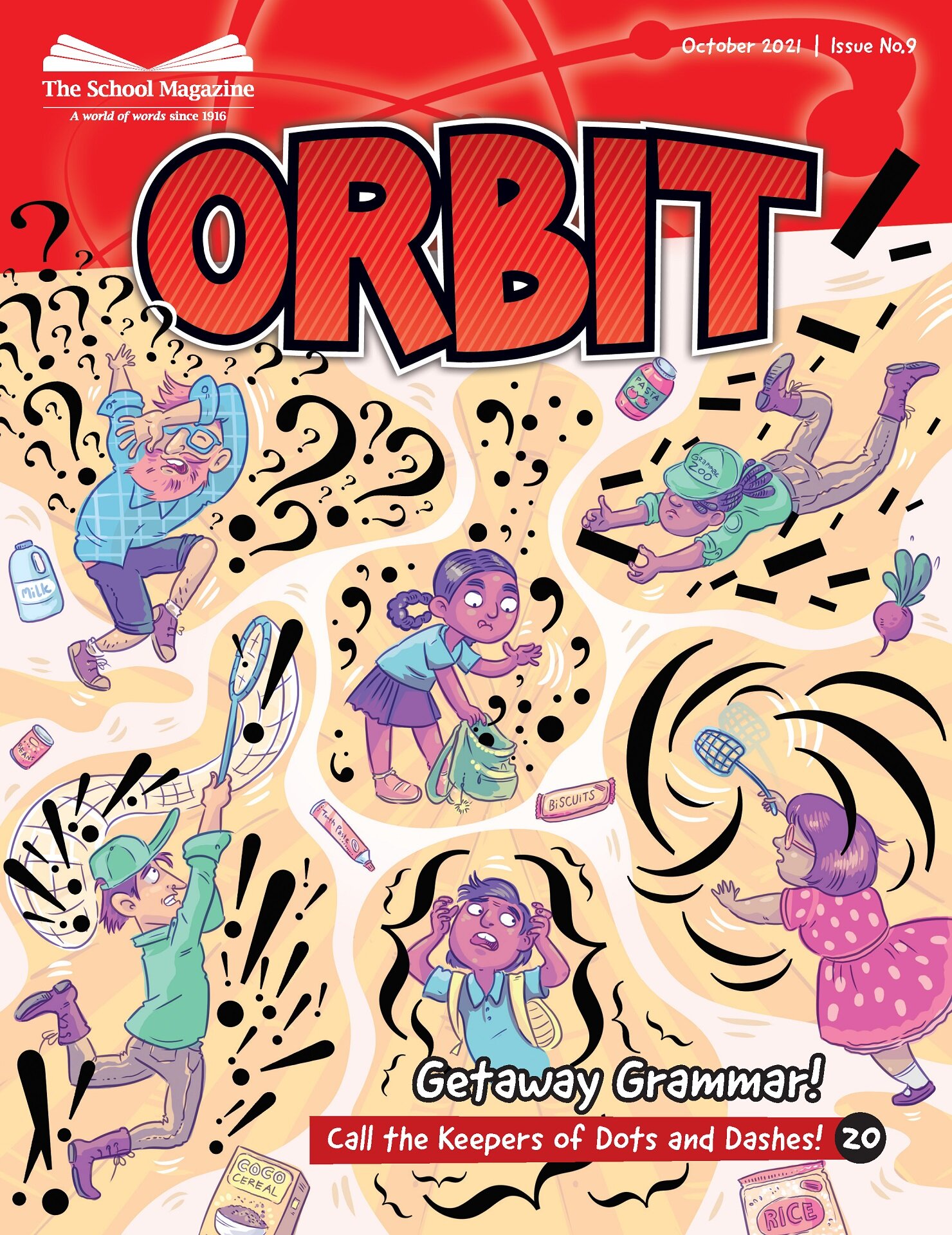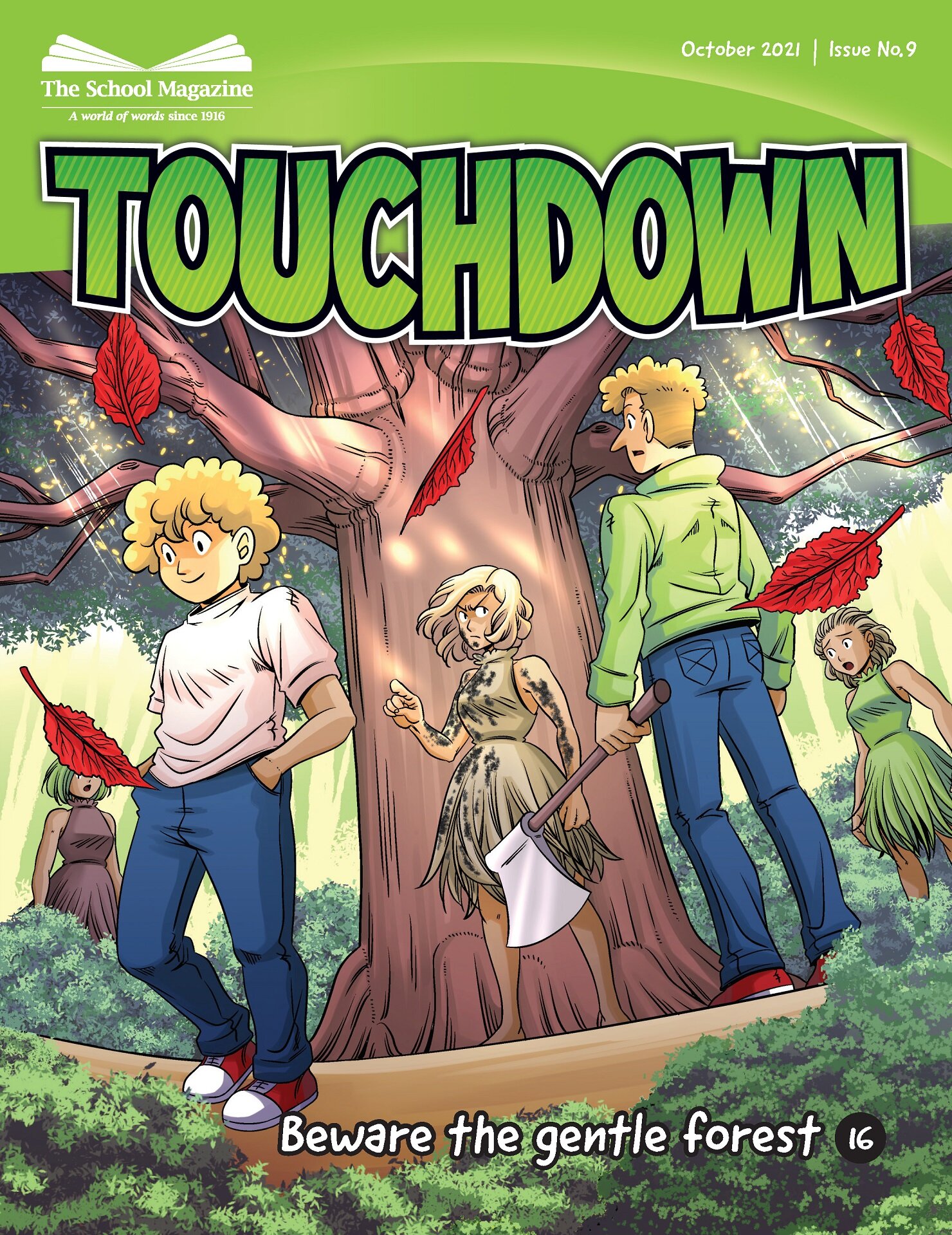Create-and-Critique-a-Palooza with two stars of publishing presenting on 12th March
Reported by Amanda Lieber, SCBWI Australia East
Sarah Davis: Portfolio Pit Stop
What is a portfolio? It includes 12-18 images. Start with a ‘bang’ and end with a ‘bang’. Don’t included everything in your portfolio. Select the best images, especially those that show character development, emotions, your range. However, don’t include things you hate drawing. If you hate illustrating cars, then there should be no cars in the portfolio.
Develop fresh portfolio ideas by looking at historical context; ‘snoop’ on kids and watch what they do; take incidents from your own life; develop a character. A tip includes character formation. For example, start with a BFF – that means imagine your best friend. Write a description about the character and draw emotions, expression, activities that the character does.
Experiment before you include your work. Find your own palate. Test new colours and work out the ones you love.
Never cram your portfolio with illustrations. Roughly 3 to 4 illustrations are enough. If you want to present character development, you can include an extra image, but be careful. Too many images confuse the Art Director and they become unclear as to your range.
Web presence is essential. Publishers and editor can and do look up your work on your website and instagram. You must include your contact information in the portfolio, otherwise they’ll never find you.
Final advice is ‘Be Restless’. Always search for new ideas, images, experiment and keep growing your craft.
Sue Whiting: How to get the most out of your assessment/critique
You’re about to have your 15 minutes with a publisher/ agent of your choice and you are filled with mixed emotions. Will they love it? Will they hate it? Will they accept it? AARRGGHH! The first step is to manage your emotions and remember it is not a pitch. These fifteen minutes should be about the feedback. Keep an open mind and be ready to listen to what is being said, you will receive honest and constructive feedback to help you improve your manuscript.
The person giving you feedback is a professional in the publishing industry and knows their stuff. They will point out the flaws in your manuscript and give you helpful feedback:
If your manuscript is any good, if it makes sense, which parts need to be developed further, if your voice is strong enough and what direction to take next. They should point out the strengths, weaknesses, and what to focus on.
Everyone has their own style in delivering feedback. Some may be direct and to the point, others might beat around the bush. Whatever their style, they are there to help you. They genuinely have your manuscripts’ best interest at heart. It can feel confronting if someone is blunt and to the point, you need to take the emotion out of it and focus on what they are saying.
Whatever is said, remember you should act professionally. Listen to what is being said, even if you disagree. You can discuss the points after they have spoken but listen first. (This is a good tip even when you’re being edited.) Think about what’s been said and try it out. Don’t be afraid to ask questions, especially if you need them to clarify something. Take notes even though you will receive written notes.
Know your book before you go into the assessment: (some questions to ponder)
Who is it for? What is the point of difference? Why should a publisher publish this book?
What makes it special? What inspired you to write it? Do you have a special interest or reason that you have written this story? (For marketing purposes, this is something publishers will look at.) Know your book and what it’s about at its core? Why will kids enjoy this story? How does it end? How long is it? If you don’t know … think about these questions and more.
Know your other manuscripts well and have your elevator pitch ready just in case they ask you about another manuscript.
Finally, go into the assessment knowing which elements of your story you are most concerned about. It’s your 15 minutes. Be prepared, know what you want to get out of the assessment and make the most of it so you can direct the feedback to match your needs.
Sarah Davis
Sarah Davis is an award-winning illustrator, character designer, and book designer. She works with most major Australian publishing houses as well as clients across the film, animation and commercial sectors. Many of the books she has illustrated have become successful, long-lived and well-loved series. She has an honours degree in literature, and her love of language inspires her illustration work. With each new project, she experiments with innovative ways to create visual narratives, working across a range of media. She has 4+ years experience in-house as associate art director at Walker Books Australia, where she collaborated with some of Australia’s finest picture-book illustrators to help produce a list of beautiful, award-winning books of which she is very proud.
Sue Whiting
Sue Whiting is an award-winning children’s and YA author and editor who has worked in publishing for twenty+ years. Sue was senior commissioning editor and publishing manager for Walker Books Australia for many years before leaving in 2016 to concentrate on her writing. As a storyteller and schools’ performer, Sue has informed, inspired and entertained thousands of kids across the country. She has also worked as a freelance children’s book editor and writing coach, and is the author of numerous books, including the bestselling Missing, the acclaimed The Book of Chance and a number of CBCA Notable Books. Sue’s latest books are Pearly and Pig and the Great Hairy Beast, the first in a new junior fiction series, and the narrative nonfiction picture book The Echidna Near my Place, illustrated by Cate James, and her historical novel, Tilda.
